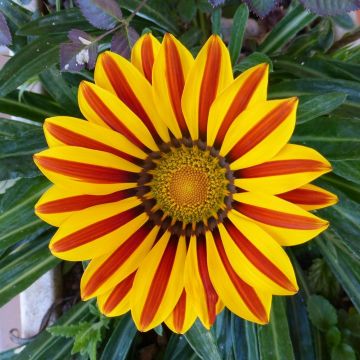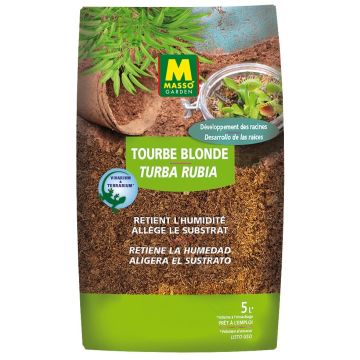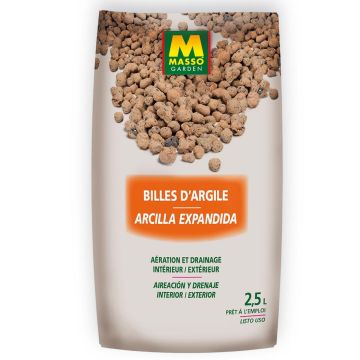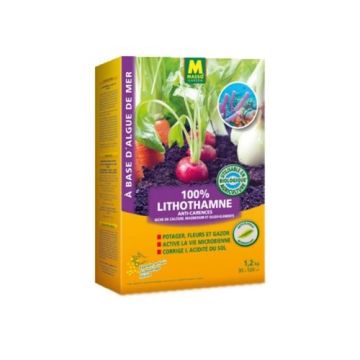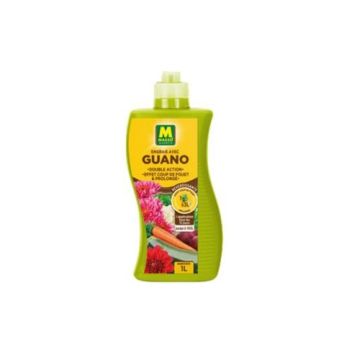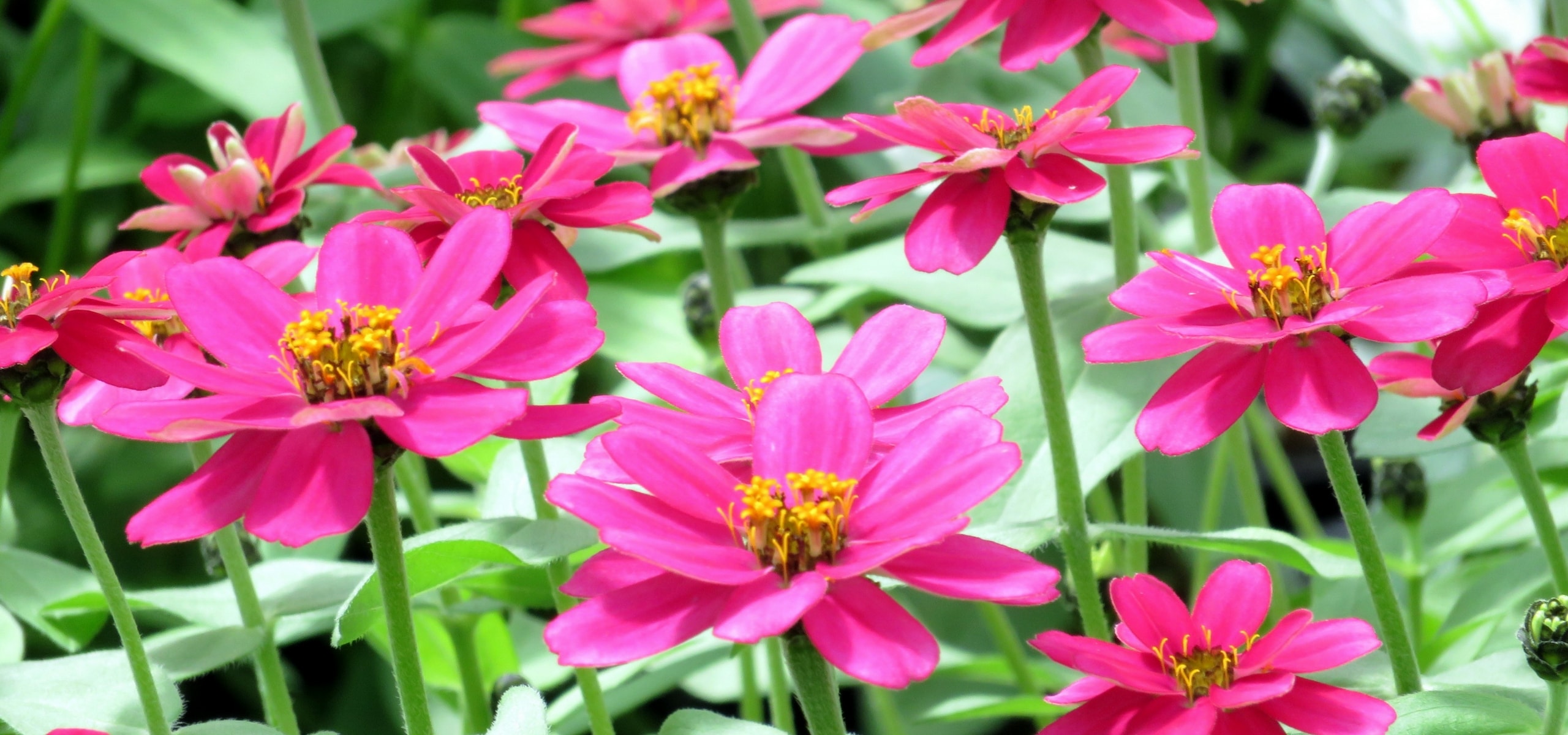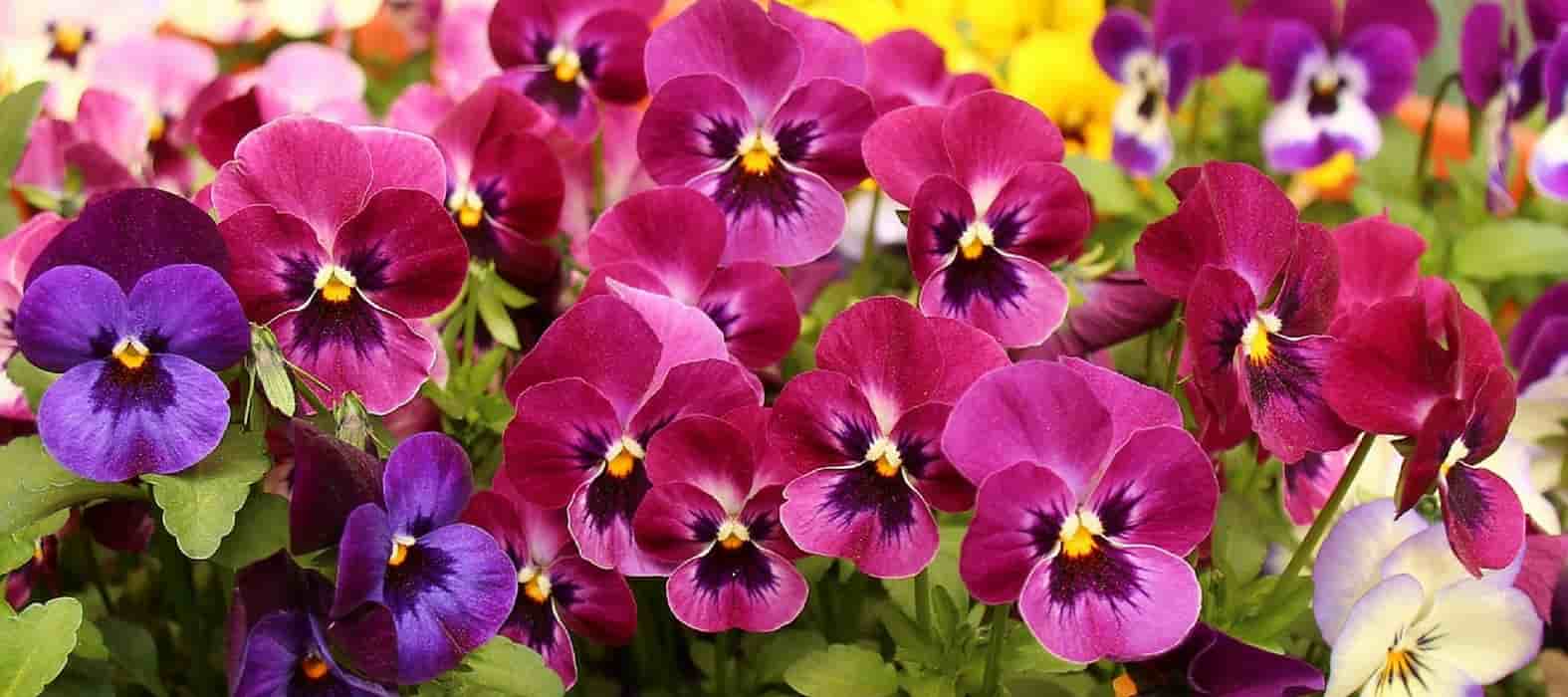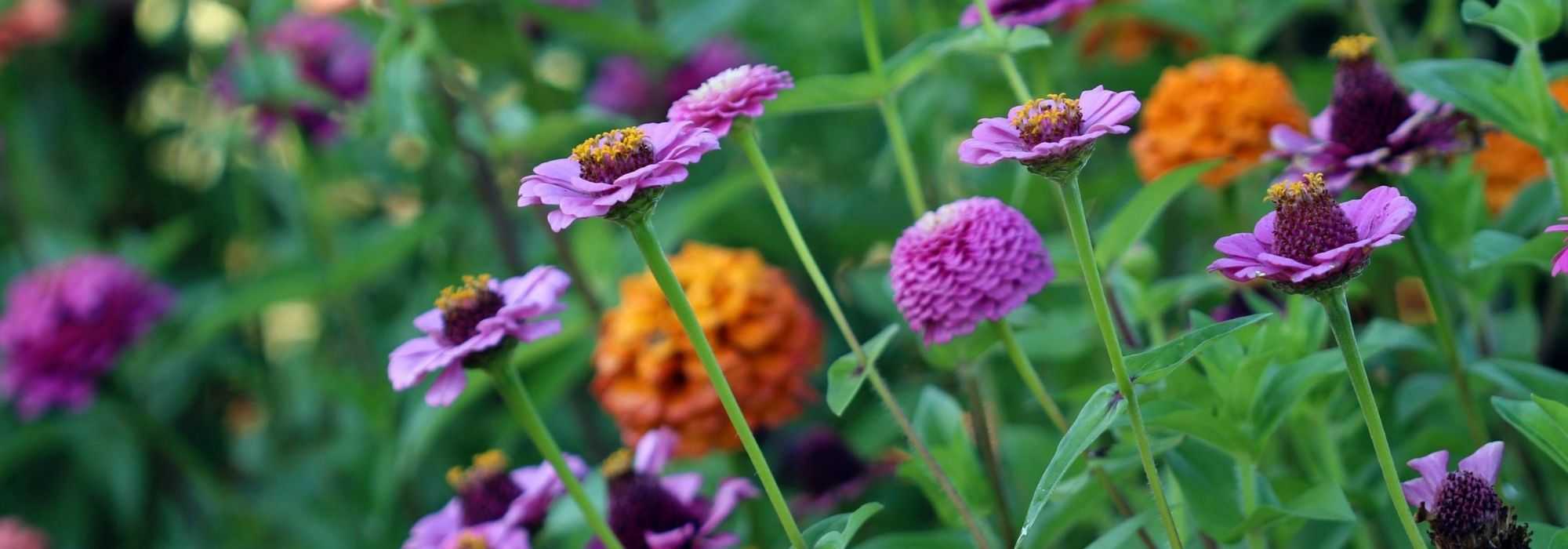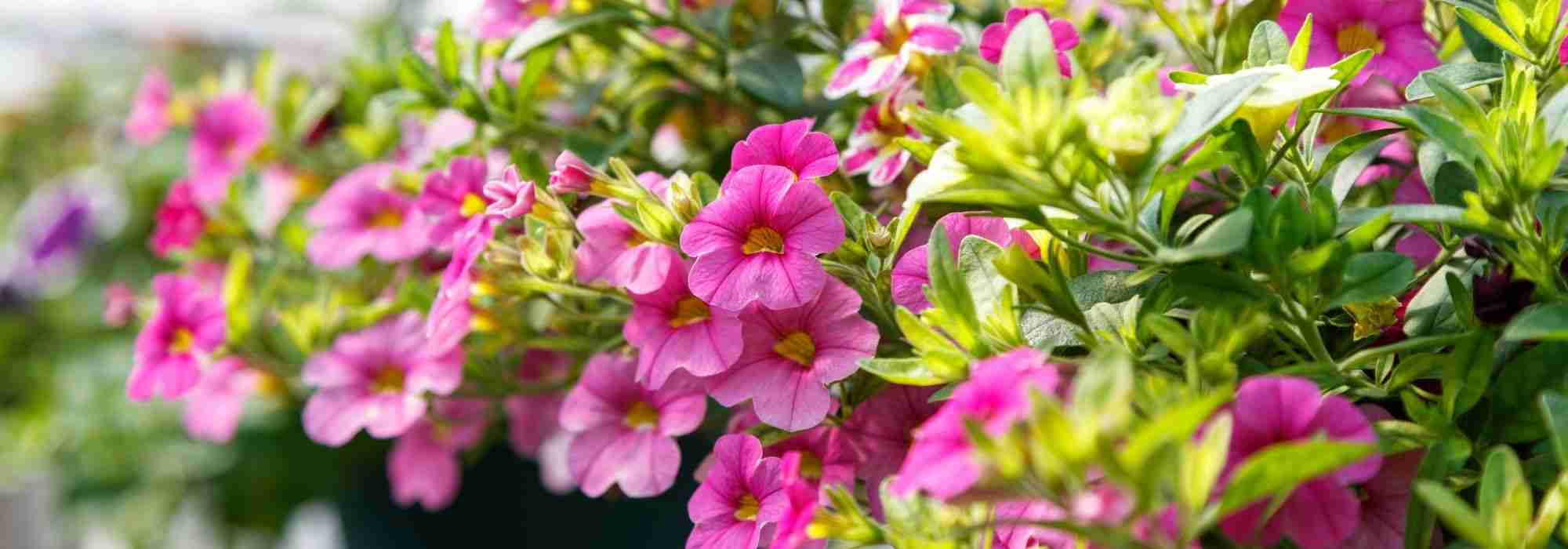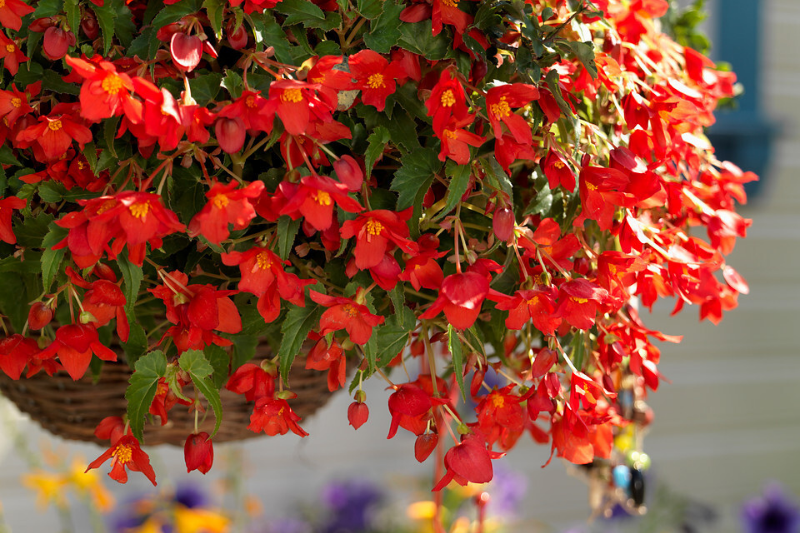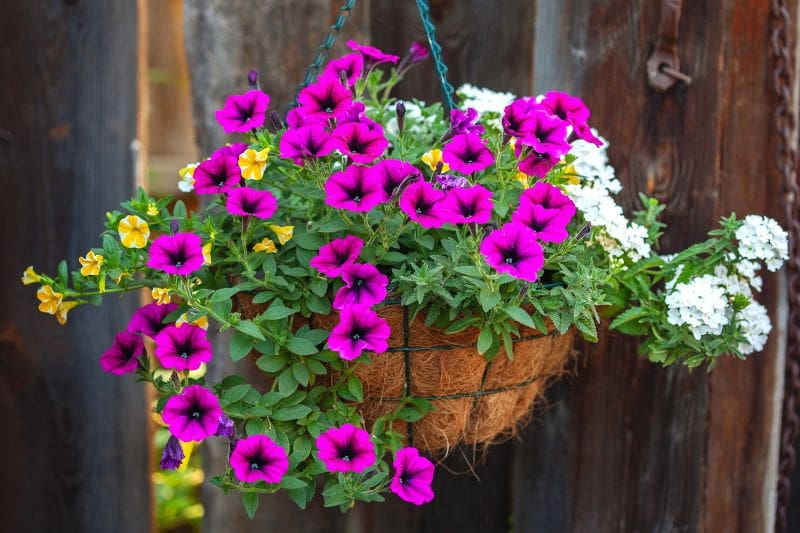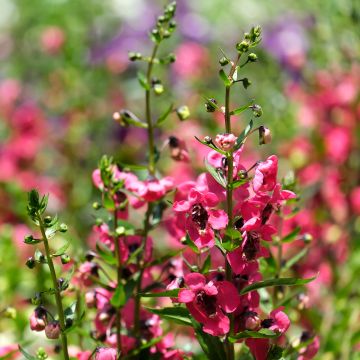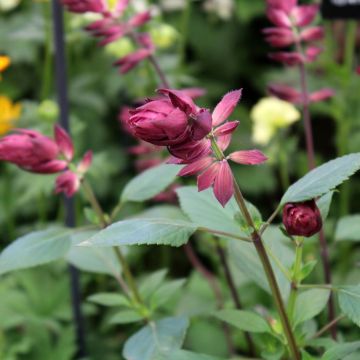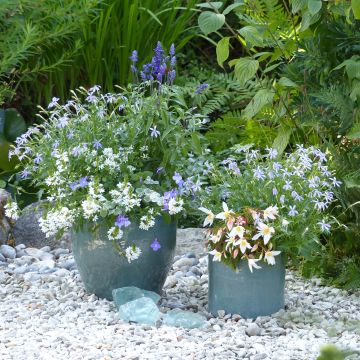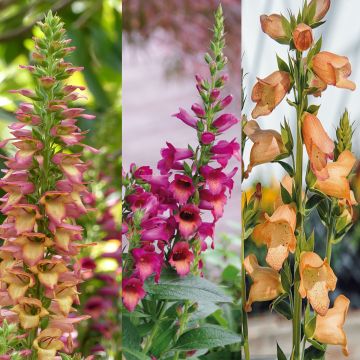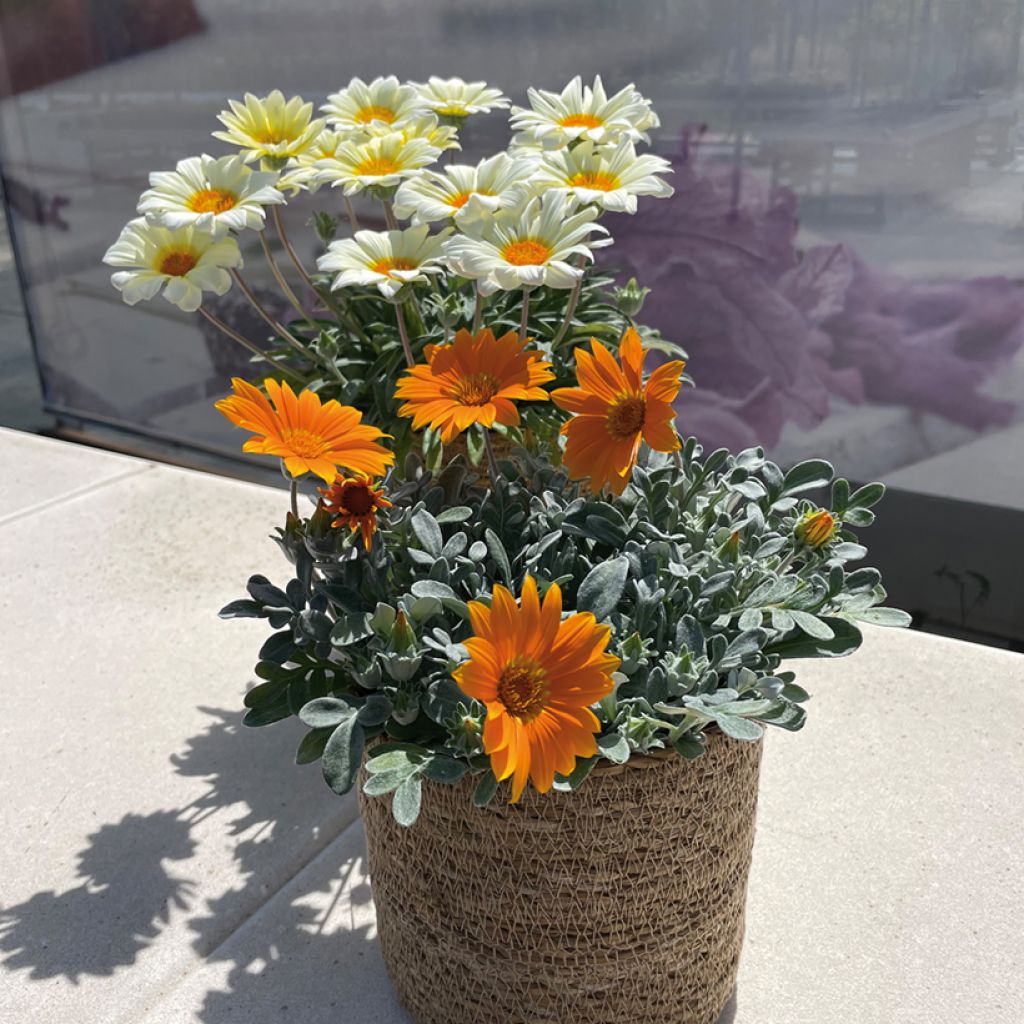

Gazania Sun Stoper orange Seeds
Gazania Sun Stoper orange Seeds
Gazania rigens orange
Treasure flower
Special offer!
Receive a €20 voucher for any order over €90 (excluding delivery costs, credit notes, and plastic-free options)!
1- Add your favorite plants to your cart.
2- Once you have reached €90, confirm your order (you can even choose the delivery date!).
3- As soon as your order is shipped, you will receive an email containing your voucher code, valid for 3 months (90 days).
Your voucher is unique and can only be used once, for any order with a minimum value of €20, excluding delivery costs.
Can be combined with other current offers, non-divisible and non-refundable.
Home or relay delivery (depending on size and destination)
Schedule delivery date,
and select date in basket
This plant carries a 6 months recovery warranty
More information
We guarantee the quality of our plants for a full growing cycle, and will replace at our expense any plant that fails to recover under normal climatic and planting conditions.
Would this plant suit my garden?
Set up your Plantfit profile →
Description
The Gazania 'Sun Stopper Orange' is a low-growing plant, with dense foliage featuring silvery-grey hues. This variety produces large daisy-like flowers in a vibrant orange. When planted en masse, it forms a stunning, highly floriferous ground cover in spring and summer. A tender perennial with low water requirements, this gazania is typically grown as an annual in borders, rockeries, and flowering containers. Along the Mediterranean coast, it is perennial and blooms almost year-round.
The Gazania 'Sun Stopper Orange' is a recent horticultural selection. This variety belongs to the Asteraceae family, with its wild ancestors originating from tropical and southern Africa. It is a fast-growing perennial, often cultivated as an annual in Europe although in southermost regions, it can remain perennial thanks to the heat and dry climate. The Gazania Sun Stopper Orange forms a compact clump of approximately 20-25 cm in height, composed of tough, villous leaves covered in a silvery-grey felt. This foliage creates a dense mat. Flowering occurs from May to October-November, with timing varying depending on the climate. Short purplish-brown stems emerge from the foliage, each bearing a solitary inflorescence. The spectacular flowers are a deep, uniform orange. Like all Gazanias, these flowers only open in full sun, offering a dazzling display.
The Gazania Sun Stopper Orange is best planted in small clusters, whether in well-drained borders or pathways, in rockeries, or on sunny mounds. It pairs beautifully with taller, monochromatic plants, such as ornamental grasses (Stipa, Pennisetum) or Dusty Miller 'Silver Dust'. Perfect for greening dry slopes, they also thrive in planters, urns, and flowerpots to enhance a patio. Easy to grow, these Gazanias will delight gardeners, whether beginners or those pressed for time with their brilliance and low maintenance. Undemanding, they thrive in well-drained soil and withstand long periods of drought.
Note: Please be aware that our plug plants are professional products intended for experienced gardeners: upon receipt, transplant and store them under cover (veranda, greenhouse, cold frame...) at a temperature above 14°C for a few weeks before moving them outdoors once the risk of frosts has completely passed.
Report an error about the product description
Flowering
Foliage
Plant habit
Botanical data
Gazania
rigens
orange
Asteraceae
Treasure flower
Cultivar or hybrid
Other Gazania
View all →Planting and care
Hardy and resilient, the Gazania Sun Stopper Orange self-seeds easily in the most unexpected places, including gravel paths or areas covered with crushed limestone. The plants thrive in intense heat, drought, and poor soil. In summer, even the slightest rain or a light watering during prolonged dry spells will revive their flowering. Plant them in well-drained soil, even if rocky or sandy, in full sun. These plants cannot tolerate waterlogged conditions but can withstand temperatures as low as -7°C for a short period when planted on a sunny slope in light soil that does not retain water. In cooler and wetter climates, they should be grown as annuals in the ground or in pots that can be moved to a conservatory during winter to preserve them for several years.
Planting period
Intended location
Care
Planting & care advice
This item has not been reviewed yet - be the first to leave a review about it.
Similar products
Haven't found what you were looking for?
Hardiness is the lowest winter temperature a plant can endure without suffering serious damage or even dying. However, hardiness is affected by location (a sheltered area, such as a patio), protection (winter cover) and soil type (hardiness is improved by well-drained soil).
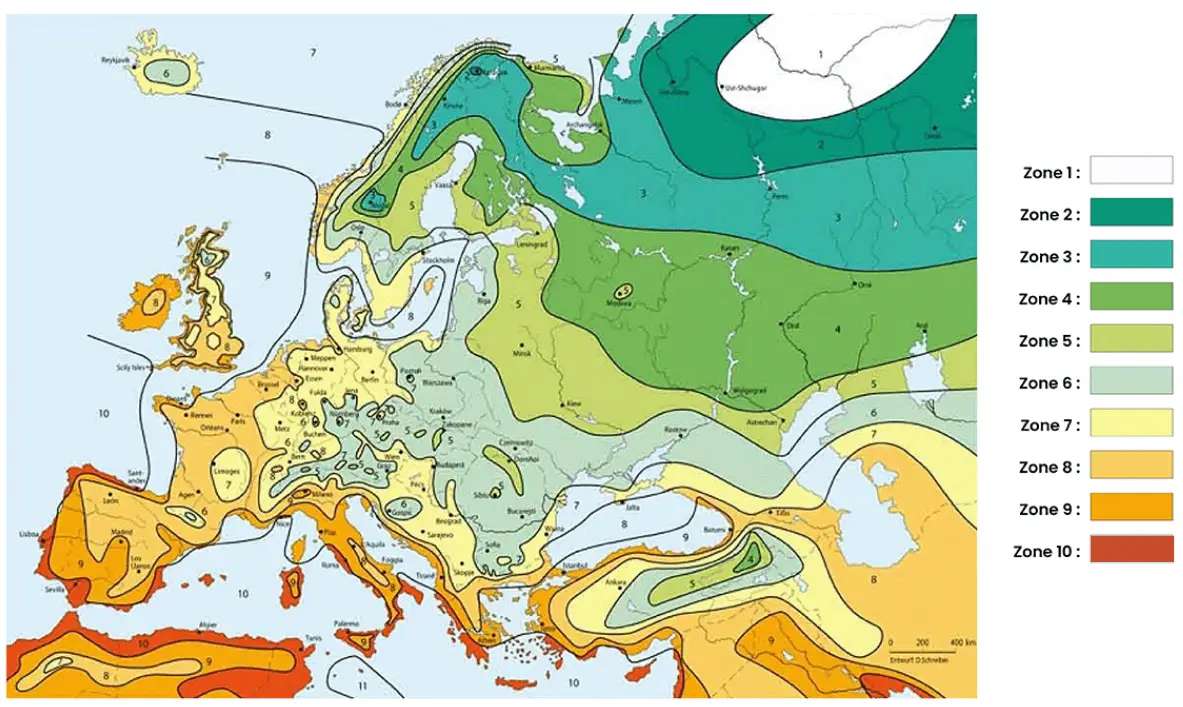
Photo Sharing Terms & Conditions
In order to encourage gardeners to interact and share their experiences, Promesse de fleurs offers various media enabling content to be uploaded onto its Site - in particular via the ‘Photo sharing’ module.
The User agrees to refrain from:
- Posting any content that is illegal, prejudicial, insulting, racist, inciteful to hatred, revisionist, contrary to public decency, that infringes on privacy or on the privacy rights of third parties, in particular the publicity rights of persons and goods, intellectual property rights, or the right to privacy.
- Submitting content on behalf of a third party;
- Impersonate the identity of a third party and/or publish any personal information about a third party;
In general, the User undertakes to refrain from any unethical behaviour.
All Content (in particular text, comments, files, images, photos, videos, creative works, etc.), which may be subject to property or intellectual property rights, image or other private rights, shall remain the property of the User, subject to the limited rights granted by the terms of the licence granted by Promesse de fleurs as stated below. Users are at liberty to publish or not to publish such Content on the Site, notably via the ‘Photo Sharing’ facility, and accept that this Content shall be made public and freely accessible, notably on the Internet.
Users further acknowledge, undertake to have ,and guarantee that they hold all necessary rights and permissions to publish such material on the Site, in particular with regard to the legislation in force pertaining to any privacy, property, intellectual property, image, or contractual rights, or rights of any other nature. By publishing such Content on the Site, Users acknowledge accepting full liability as publishers of the Content within the meaning of the law, and grant Promesse de fleurs, free of charge, an inclusive, worldwide licence for the said Content for the entire duration of its publication, including all reproduction, representation, up/downloading, displaying, performing, transmission, and storage rights.
Users also grant permission for their name to be linked to the Content and accept that this link may not always be made available.
By engaging in posting material, Users consent to their Content becoming automatically accessible on the Internet, in particular on other sites and/or blogs and/or web pages of the Promesse de fleurs site, including in particular social pages and the Promesse de fleurs catalogue.
Users may secure the removal of entrusted content free of charge by issuing a simple request via our contact form.
The flowering period indicated on our website applies to countries and regions located in USDA zone 8 (France, the United Kingdom, Ireland, the Netherlands, etc.)
It will vary according to where you live:
- In zones 9 to 10 (Italy, Spain, Greece, etc.), flowering will occur about 2 to 4 weeks earlier.
- In zones 6 to 7 (Germany, Poland, Slovenia, and lower mountainous regions), flowering will be delayed by 2 to 3 weeks.
- In zone 5 (Central Europe, Scandinavia), blooming will be delayed by 3 to 5 weeks.
In temperate climates, pruning of spring-flowering shrubs (forsythia, spireas, etc.) should be done just after flowering.
Pruning of summer-flowering shrubs (Indian Lilac, Perovskia, etc.) can be done in winter or spring.
In cold regions as well as with frost-sensitive plants, avoid pruning too early when severe frosts may still occur.
The planting period indicated on our website applies to countries and regions located in USDA zone 8 (France, United Kingdom, Ireland, Netherlands).
It will vary according to where you live:
- In Mediterranean zones (Marseille, Madrid, Milan, etc.), autumn and winter are the best planting periods.
- In continental zones (Strasbourg, Munich, Vienna, etc.), delay planting by 2 to 3 weeks in spring and bring it forward by 2 to 4 weeks in autumn.
- In mountainous regions (the Alps, Pyrenees, Carpathians, etc.), it is best to plant in late spring (May-June) or late summer (August-September).
The harvesting period indicated on our website applies to countries and regions in USDA zone 8 (France, England, Ireland, the Netherlands).
In colder areas (Scandinavia, Poland, Austria...) fruit and vegetable harvests are likely to be delayed by 3-4 weeks.
In warmer areas (Italy, Spain, Greece, etc.), harvesting will probably take place earlier, depending on weather conditions.
The sowing periods indicated on our website apply to countries and regions within USDA Zone 8 (France, UK, Ireland, Netherlands).
In colder areas (Scandinavia, Poland, Austria...), delay any outdoor sowing by 3-4 weeks, or sow under glass.
In warmer climes (Italy, Spain, Greece, etc.), bring outdoor sowing forward by a few weeks.






























